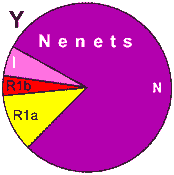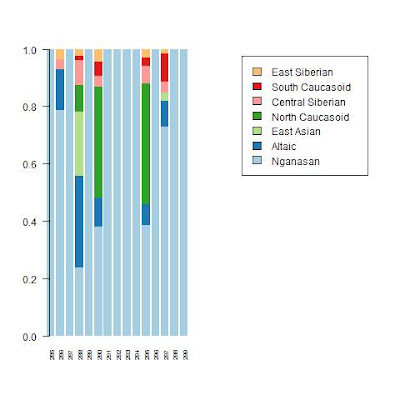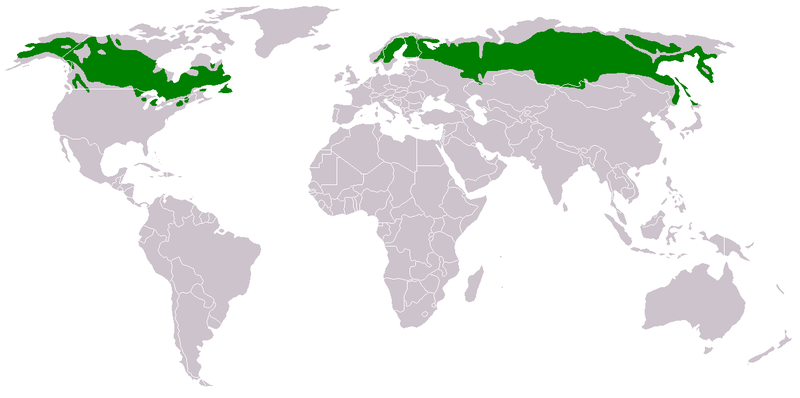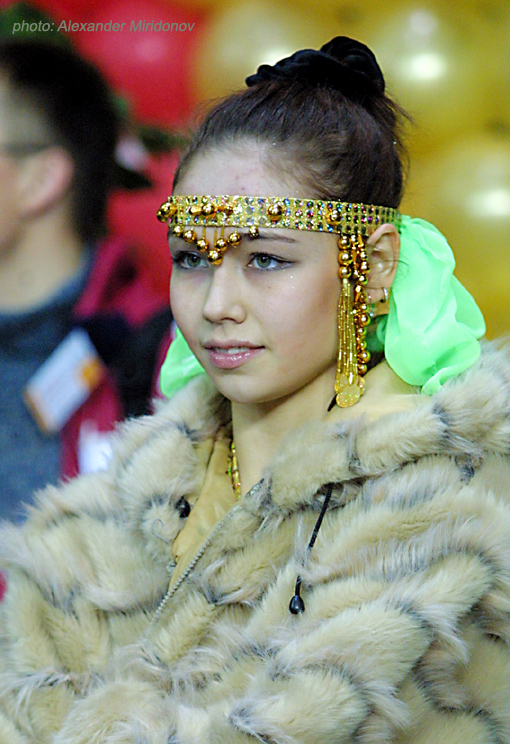You have to remember the Mongol invasion included Turkic tribes not just Mongols. Haplogroup Q is found from 37 to 60% in Turkic siberian tribes where they look extremely mongoloid.
However among Central Asian Turks and close to Central Asia
Among mixed Mongoloid Turkmen of Iran/Afghanistan they have 43 - 54%
Among Turks of Mongolia is 17% or the Northern Altay is 32%
in parts of Uzbeksistan it reaches Uzbek/Bukhara (2%) to Uzbek/Khorezm (9%), Uzbek/Tashkent (14%)
Although it is highest among the Selkup (66%) and Kets (93.6%) where the people look predominately Mongoloid to Full.
While haplogroup N is wide spread in the North let's not forget it is 75% in Turkic Yakuts. Another example of a Siberian haplogroup is N1b, found in the Pamir Kyrgyz of Tajikistan (29%).
Nganasa extremely Mongoloid as hell with only 7% Caucasian maternal DNA but have 95% N, one should expect they look mix or slightly closer to Caucasoid.
10 samples are = 100% pure Mongoloid /Siberian
1 Sample = 100% Mongoloid with different Siberian admixture
2 sample = a mixture of different Mongoloid Siberian groups with small Caucasoid admixture
2 Sample = a mixture of different Mongoloid siberian groups with 36% Caucasoid admixture.
Nganassan are pure Siberian Mongoloid, there is another study that gives them 5% R1a and 14% Caucasoid maternal DNA but that's it
I agree, but let's see who participated in the Mongol conquests. For this we need to consider the lifestyle of the Mongols and the organization of their army. Mongols are nomads. Their lives are connected with horses and camels. Mongol sat on a horse for the first time in 3 years, and in 5 years was a great rider and he knew how to shoot a bow. There was no infantry in their army. It consists of a light cavalry, heavy cavalry and a small amount of engineering units for the construction and use of siege weapons. It was an army of nomads.
Armed troops of agricultural nations, conquered by Mongols or allied to them, were involved only in local conflicts. For example, Georgians and Armenians against Turks and Arabs, and vice versa, Bulgars against Russians, etc.
People who live in the woods simply could not be engaged as a part of such an army in the main campaigns. The following figure shows the modern map of taiga forests.
Therefore haplogroup N should be excluded.
Nomadic peoples of Turkic origin, who lived west of the Mongols and were conquered (for example Bashkirs and Cumans (Kipchaks) surely were involved in the campaigns together with nomadic people from states-predecessors of Mongolia (Kyrgyz, Kalmyks, etc.). For example a map of ancient Kyrgyz territory (Kyrgyz kaganat).
However, consideration of the haplogroups of peoples from Central Asia may be doubtful. They may be distributed earlier, in the resettlement of these peoples. Perhaps more later spread might have occured. For example, at the times of Timur Empire.
And by the way, on my opinion, currently it is a question sufficient only for history. Who cares that these people may have Mongols among their ancestors?











